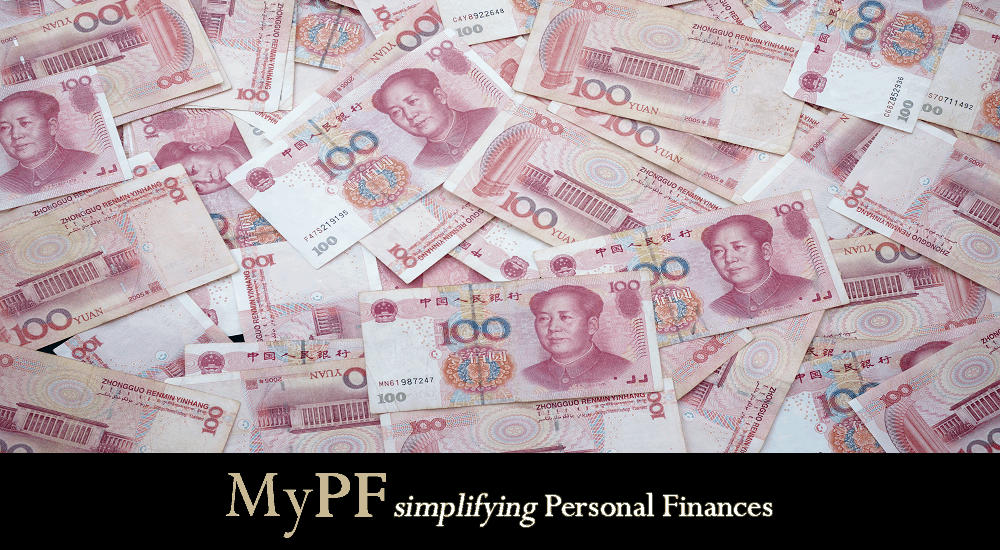Yuan continues to rise against the US Dollar and is at a 7 month high. How does the rise of the Yuan affect the future of trade between US with Donald Trump and China? Gain insight on the opportunities and risks of a strengthening Yuan.

On Friday, August 21 the Yuan currency set a record at its strongest value in 7 months after the end of onshore trading even though the ongoing trade tensions between China and America have reduced the currency’s upside potential. The rates are at their the strongest since January 23 and generally correlates with market expectations.
The Yuan’s midpoint rate which is set by People’s Bank of China (PBOC) at a new five-month high is at 6.9107 vs USD, a movement of 167 pips compared to the previous value at 6.9274 vs USD. The rates signal that authorities were confident with recent strength in Yuan and there are expectations a trade agreement between the United States (US) and China will stay despite recent tensions. China has also recently confirmed that they plan to hold talks soon.
Contents
Why a Rising Yuan
- US dip in treasury yields and quantitative easing reducing the appeal of USD currency.
- US GDP contraction, rise in job losses and the disappearance of jobless benefits.
- Investment funds inflow into China, some PBOC policy accommodation and gradually improving domestic economic conditions.
- Countries like Russia reducing USD from reserves and instead shifting into Yuan and Euro.
- Yuan being promoted by China as a global currency overtaking CAD (Canadian Dollars) as the 2nd most traded currency by the US.
“The yuan is benefiting from stock market inflows, gradually improving domestic economic conditions, a tinge of PBOC policy accommodation, and the overall weaker U.S. dollar versus Asia narrative,” Stephen Innes, chief global market strategist of AxiCorp
The Effect of a Rising Yuan
- Record foreign holdings of China investment especially in bonds as interest in Yuan-dominated assets increase.
- China is no longer being labelled as a currency manipulator by the Trump administration.
- Competitiveness of exports to countries like the US and India negatively impacted (despite having a large domestic market).
- Yuan movement expected to be still controlled with the PBOC supporting the Yuan without overly affecting the domestic economy.
- Yuan may over time gradually move closer towards a free float with a reasonable fluctuation range.
For mainland China residents, a rising Yuan has seen the price of imported goods going down and overseas spending is expected to pickup once travel restrictions are raised.
Overall
The Yuan is expected to remain fairly strong with China’s recovery process from the Covid-19 pandemic, overall optimism about a trade agreement with US and a general weakness of the USD especially versus Asian currencies. Overall we see steps continue to be taken to gradually position the yuan as the world’s choice of reserve currency since becoming a world reserve currency in 2016.
You May Also Like
- What the Covid-19 Pandemic Means for US-China Relations
- The Opportunity Emerging from the US-China Trade War
- How is the Pandemic and China Changing the Face of e-Commerce
- Ant Group Poised for Biggest Dual IPO in History
Do you expect the value of yuan to continue increasing?





Leave A Comment